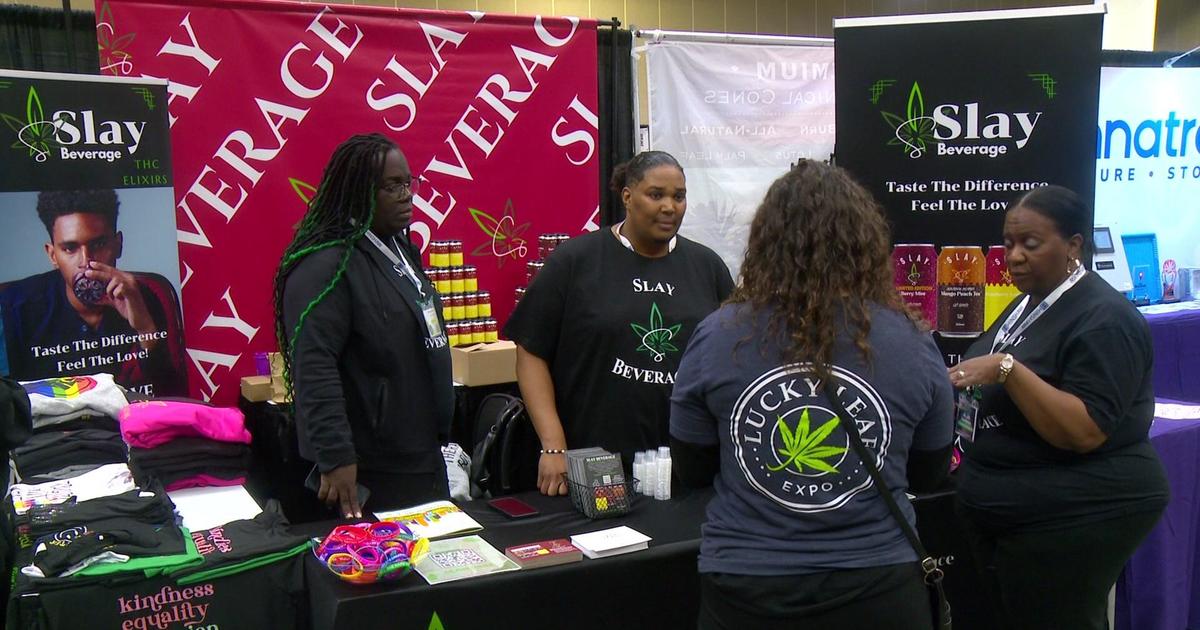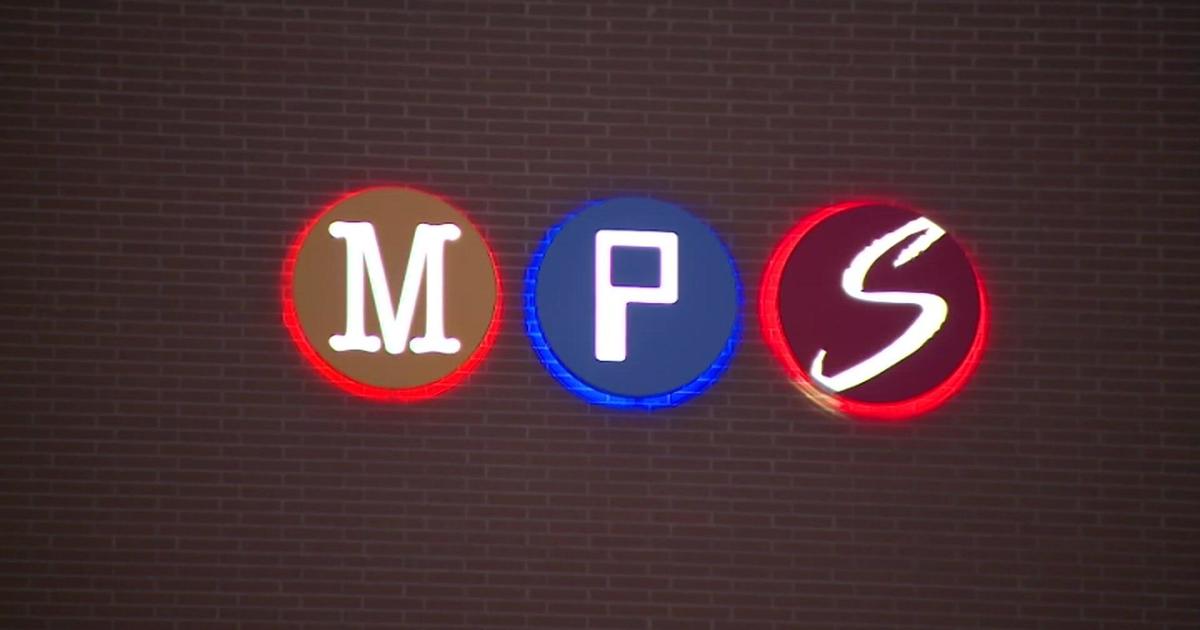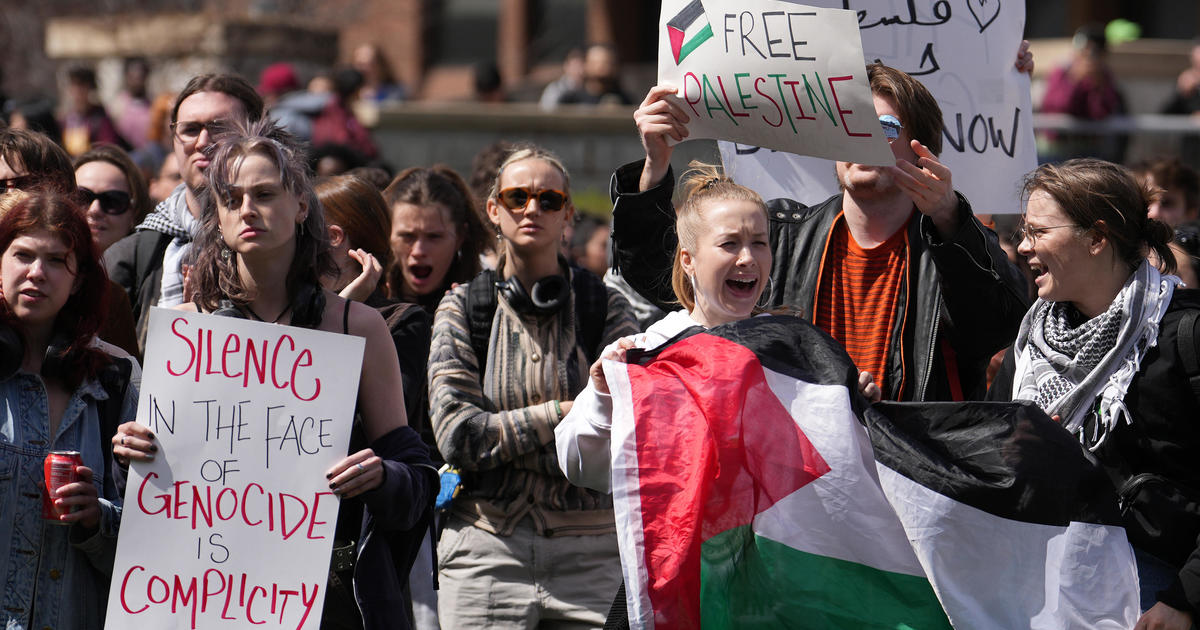What Is The Minneapolis Sound? Good Question
MINNEAPOLIS (WCCO) -- The Grammys are coming up this Sunday and Lizzo will be front and center with eight nominations. As most Minnesotans have likely heard, the megastar lived in Minneapolis before hitting it big. She also credits Prince for part of her inspiration.
During an interview with CBS This Morning, Lizzo said, "The day before and day after leaving Paisley Park transformed me like from a musician to artist."
So, what is the Minneapolis Sound? Good Question.
Andrea Swensson, host of The Local Show on the Current and author of "Got to Be Something: The Rise of Minneapolis Sound," says there are few ways to answer that question.
"You can go technical -- it's synthesizers and electronic drum machines and combining all this funk and rock and soul and new wave elements together," she says. "But, I tend to think of the Minneapolis sound more philosophically in that it's breaking down barriers that have always existed in music, combining surprising elements together and bringing a community together around music."
In her book, she writes the Minneapolis Sound started decades before Prince was popular. In fact, she says it started in 1958 (the year Prince was born) when The Big M recorded a R&B song in a North Minneapolis basement. They were students from North High School.
Among the early Minneapolis Sound acts were the Amazers, the Exciters, Maurice McKinnies and Prophets of Peace. They faced lots of discrimination during this era of segregationist housing policies and the construction of I-94 through the Rondo neighborhood.
She says these bands had to book and promote their own shows. Often times, they were shuttled around as performances would get shut down or businesses would change ownership as audiences became more racially mixed.
"I think that's another reason why Prince and his peers are so remarkable," she says. They saw what their predecessors went through and what they had to endure and what they were faced with and they strategized ways to break through it by having multi-racial bands, having different genders, and different genres, Swensson says.
By the 1980s, the sound has exploded with popularity of music from Prince, Morris Day and Time and Jimmy Jam and Terry Lewis.
"The Minneapolis Sounds is completely unique and distinctive and different from the norm," says L.A. Buckner, a musician, teaching artist and co-host of PBS Sound Field. "With Prince, it revolutionized pop."
The Minneapolis Sound still continues today, even with big acts like Bruno Mars.
Lizzo doesn't embody what's traditionally knows as the Minneapolis Sound, but Swensson says you can feel it and the impact of Prince in her work.
"He told her he wanted the lyrics on everything on her album to be positive, everything needed to be positive," Swensson says. "That's the message she's run with."
Buckner says even in Lizzo's early Minneapolis days, she had a special kind of effect on those who watched her perform – artists and audience members alike.
"When she was performing, people were like, we have to follow that," he says. "Prince made people have that same reaction."
To this day, both Buckner and Swensson says there's something unique and collaborative amount the music scene in Minneapolis.
"I think it opened up the possibilities for what she [Lizzo] could make her music sound like," Swensson says.



